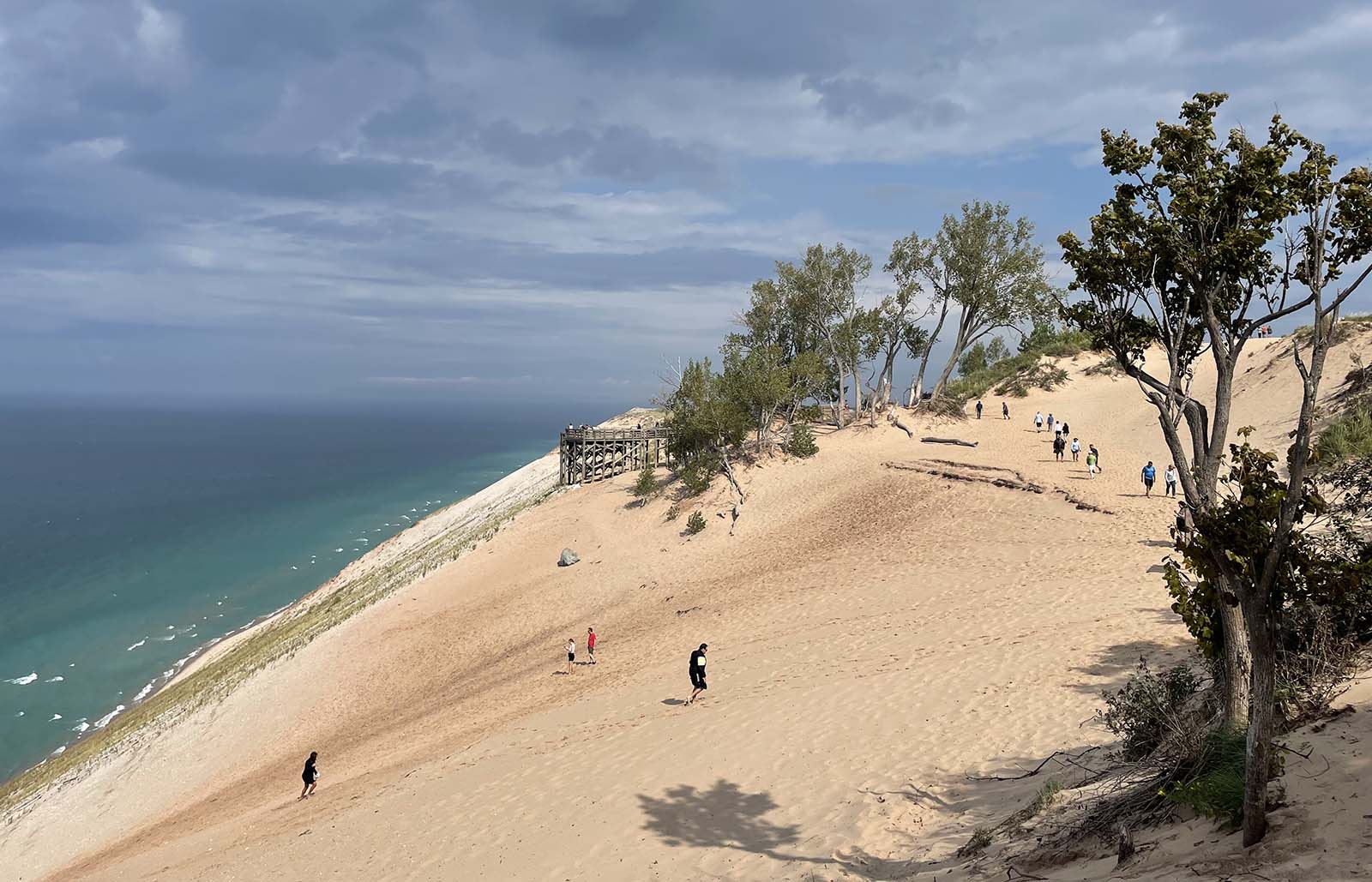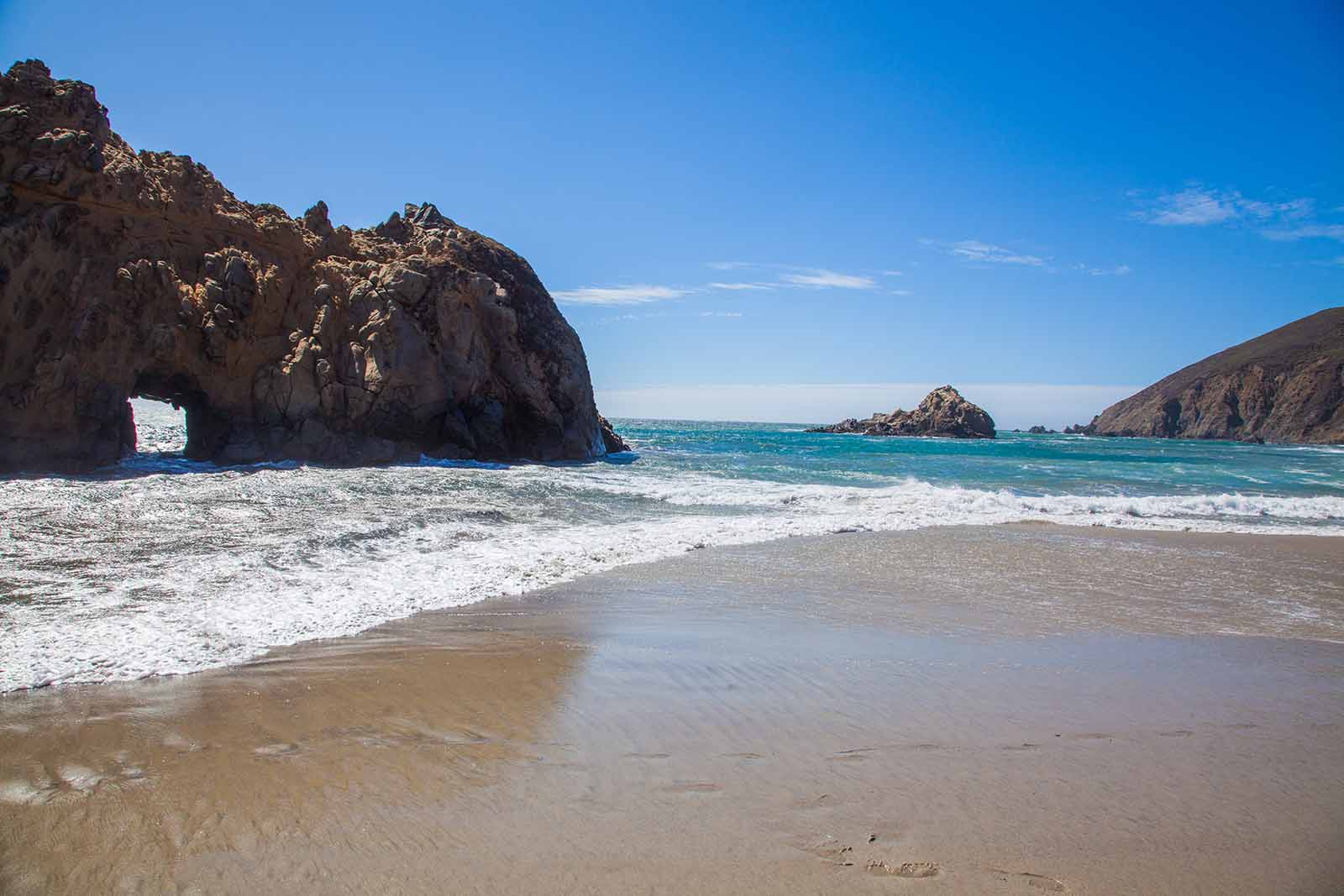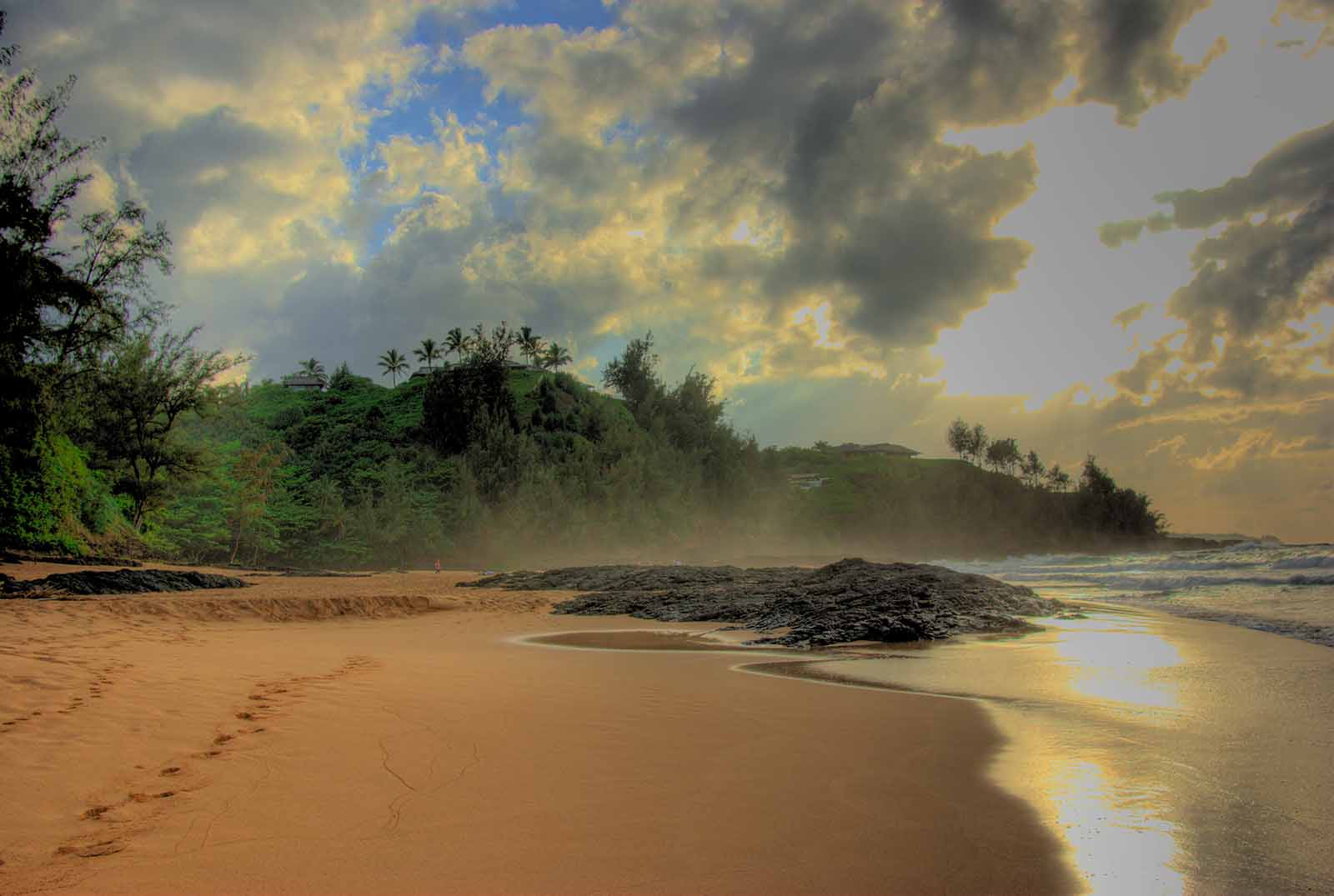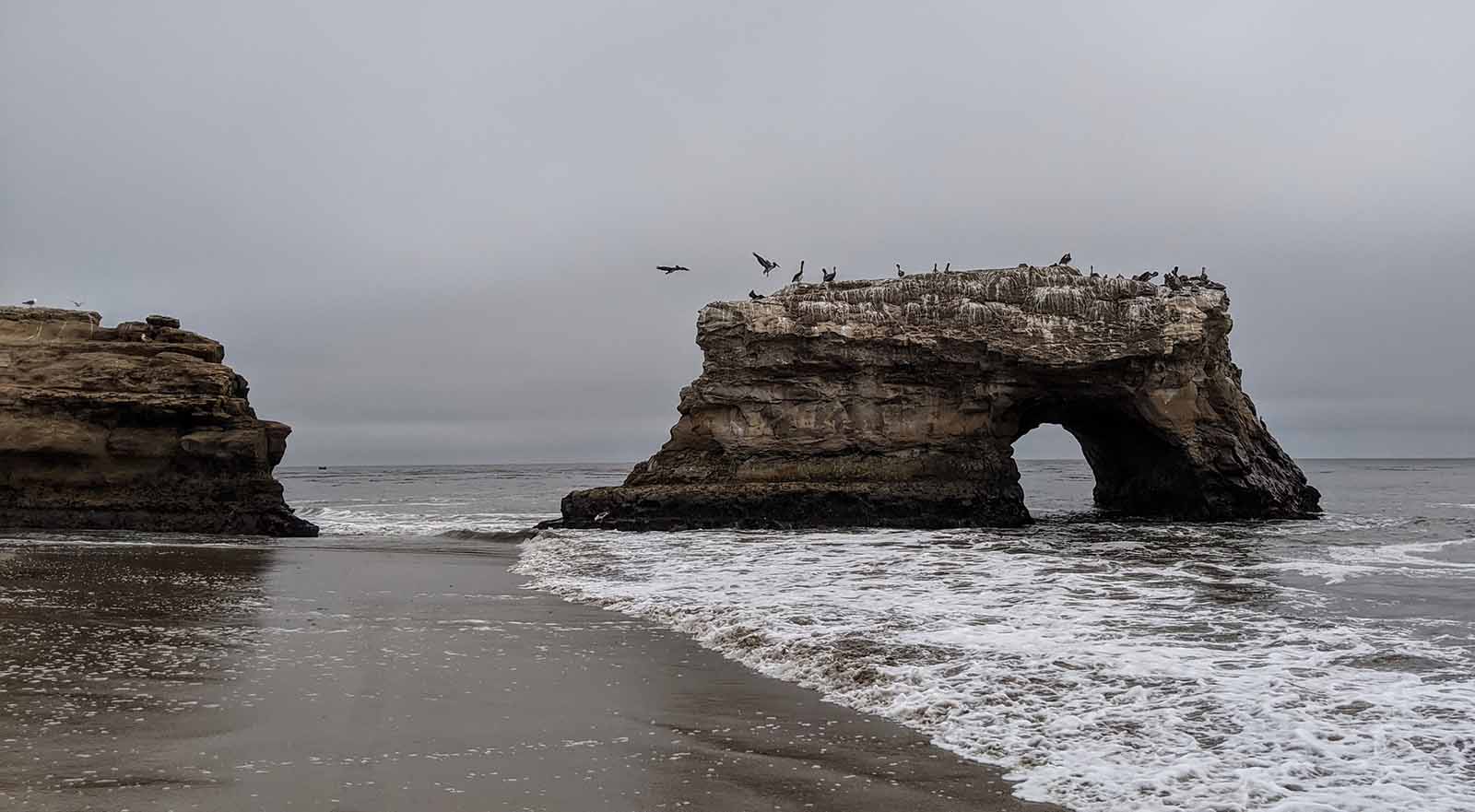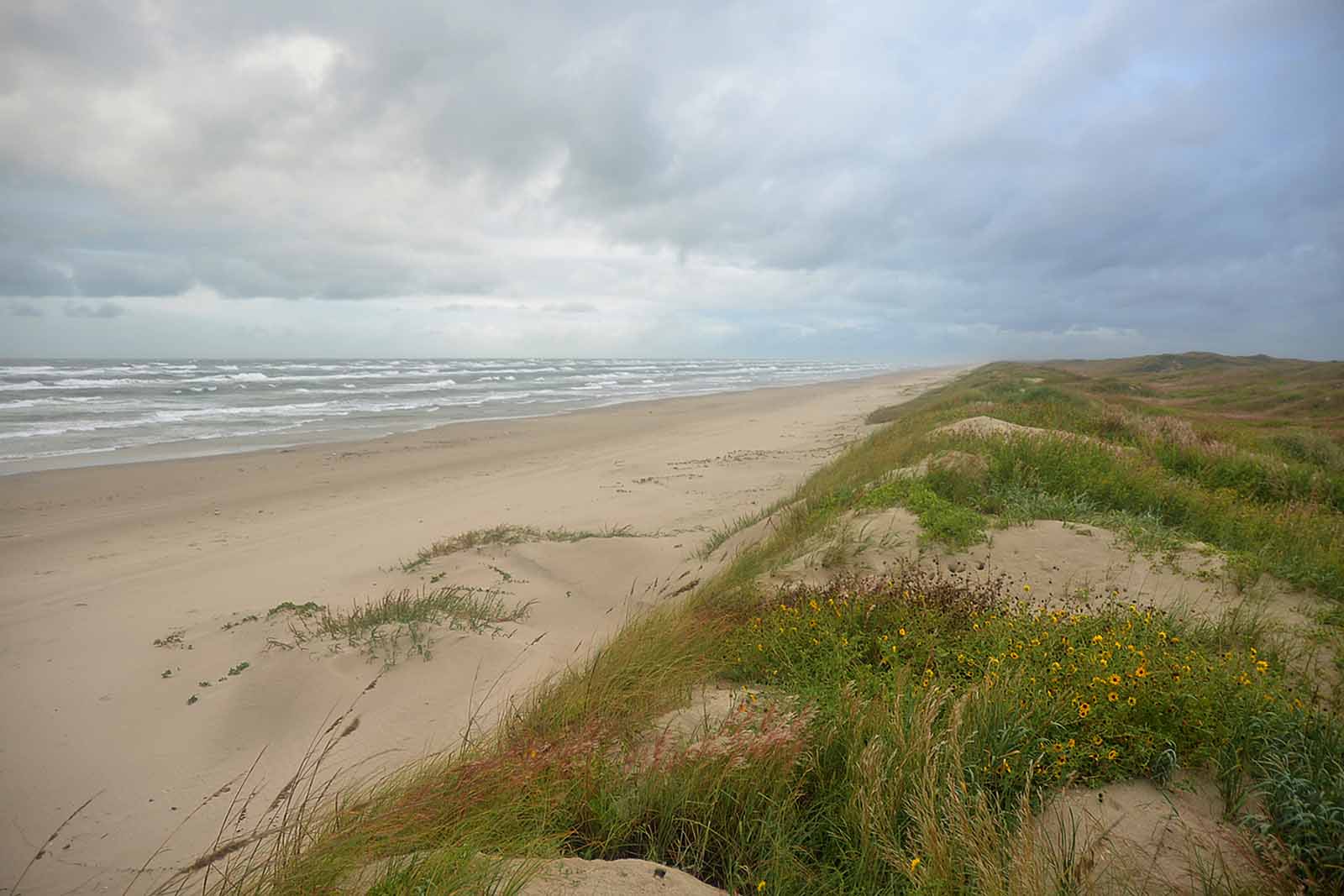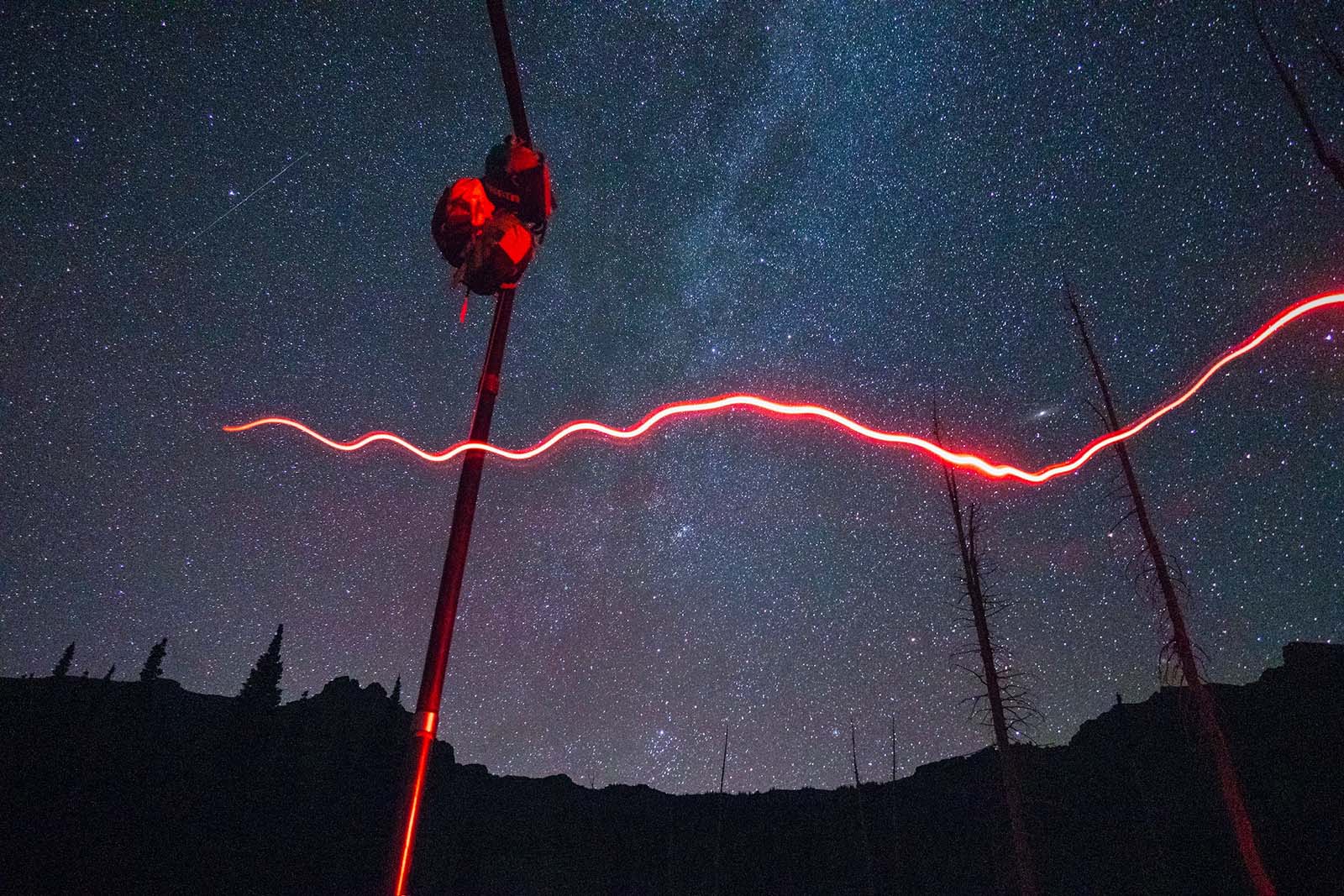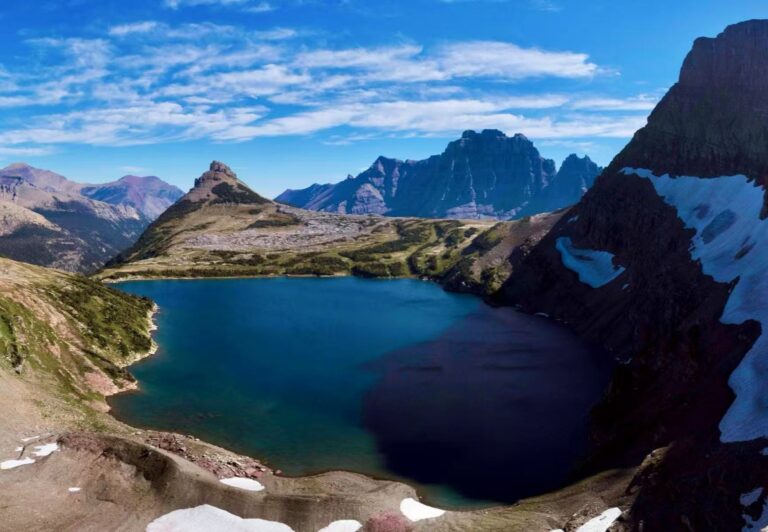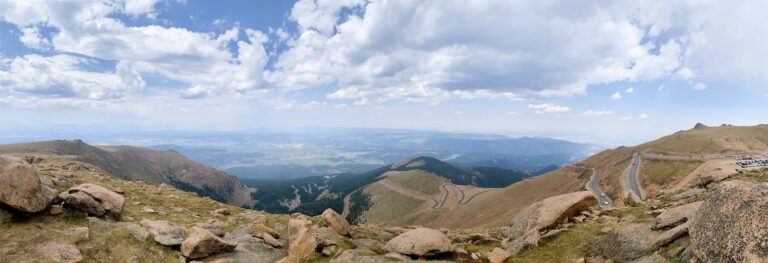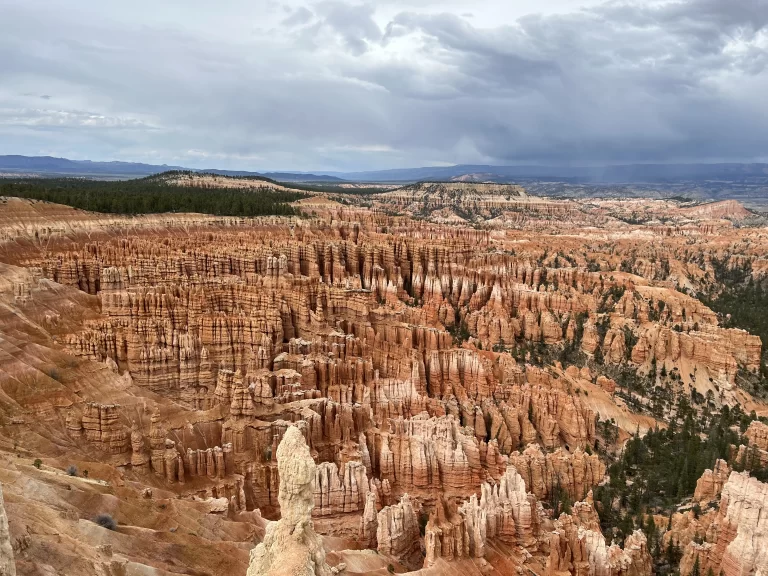Sleeping Bear Dunes National Lakeshore, Michigan
Total score: 4.2 / 5
Reasons for being on the list:
- A magical combination of desert and lake: The emerald Lake Michigan and the towering sand dunes form a surreal landscape, known as the “Mini Sahara in the Midwest”.
- Extreme dune hiking: You need to climb a nearly 200-meter dune cliff, which consumes a lot of physical energy and is suitable for challenging endurance.
- Winter snowshoe adventure: When covered with snow, you can experience snow crossing and extreme cold survival training.
- Stargazing holy land: far away from light pollution, you can observe the Milky Way and meteor showers at night.
- Canoe crossing: the hidden waterways between the dunes need to be navigated by yourself, which tests your outdoor skills.
Notes:
- Equipment requirements: high-top anti-sand boots, trekking poles, more than 2L of drinking water (no supply point).
- Safety warning: The edge of the dune is prone to collapse, and a safe distance of more than 10 meters must be maintained.
- Ecological regulations: It is forbidden to take away sand and stones, and violators will be fined up to $500.
- Traffic tips: It takes 4 hours to drive from Detroit, and some sections of the road are closed in winter.
- Best season: May-September (hiking), December-February (snow activities).
Driftwood Beach, Georgia
Total score: 4.3 / 5
Reasons for being on the list:
- Doomsday aesthetic landscape: dead trees and beaches are intertwined, like a scene from a science fiction movie, and the light and shadow are magical at sunrise.
- Tide pool ecological exploration: rare creatures such as starfish and hermit crabs can be found at low tide.
- Wedding photography restricted area: there are occasional tourists on weekends, but you can get exclusive camera positions by wading to the uninhabited area in the north.
- Night fluorescent sea: bioluminescence occurs during some periods in summer, and you need to make an appointment with a guide.
- Bicycle adventure: rental services are available on the island, and you can ride through the jungle trails to the hidden coast.
Notes:
- Anti-mosquito measures: carry mosquito repellent containing DEET and avoid dusk activities.
- Tidal risk: the daily tidal range is up to 3 meters, and you need to check the Tide Chart application in advance.
- Photography restrictions: commercial photography requires a permit for the protected area.
- Traffic tips: It takes 1.5 hours to drive from Savannah Airport to the island, and the last ferry is at 18:00.
- Ecological protection: It is prohibited to move dead trees, and violators will face ecological restoration responsibilities.
Pfeiffer Beach, California
Total score: 4.5 / 5
Reasons for the list:
- Purple beach wonder: Manganese-containing garnet ore sand is washed by sea water to form a rare purple beach.
- Crossing the sea arch: You need to cross Keyhole Arch 2 hours before high tide, otherwise the risk of being trapped is extremely high.
- Cliff rappelling: The surrounding 90-meter cliff provides a professional-level rappelling route (certified guide required).
- Night surge photography: When huge waves hit the reef in winter, you can shoot long-exposure star trails and waves.
- Secret entrance challenge: The GPS coordinates (36.2403° N, 121.7770° W) are not clearly marked and it is easy to get lost.
Notes:
- Permit system: The daily limit is 150 people, and reservations must be made 30 days in advance on Recreation.gov.
- Equipment recommendations: rock climbing helmet, waterproof camera cover, high-top non-slip boots.
- Dangerous area: frequent rip currents, no swimming.
- Traffic tips: Highway 1 has many narrow bends, it is recommended to drive a four-wheel drive.
- Environmental requirements: drones are prohibited (interfering with seabird breeding).
Secret Beach, Hawaii
Total score: 4.6 / 5
Reasons for the list:
- Volcanic rock maze: black basalt columns form a natural barrier that requires climbing to reach.
- Cave snorkeling: The underwater cave system connects multiple lagoons, where sea turtles and tropical fish can be seen (only for advanced snorkelers).
- Cliff diving point: The 15-meter diving platform needs to assess the tide and wave height, and it is recommended to hire a local guide.
- Wildfire observation: In winter, if lava occasionally enters the sea, you can apply for a helicopter sightseeing permit.
- Camping without light pollution: Overnight stays on the beach are allowed, and you need to bring your own fresh water and moisture-proof mats.
Notes:
- Safety warning: In winter, waves are over 5 meters high and it is forbidden to go into the water.
- Cultural taboos: Volcanic rocks are considered sacred objects and are forbidden to be taken away.
- Equipment list: Satellite phone, desalination device, first aid tourniquet.
- Transportation challenge: There are no signs on the hiking trails, so it is recommended to download the AllTrails offline map.
- Environmental protection protocol: Use coral reef-safe sunscreen (containing zinc oxide).
Natural Bridges State Beach, California
Total score: 4.7 / 5
Reasons for being on the list:
- Tidal Ecology Laboratory: The exposed tide pools at low tide contain more than 300 species of marine life, and you can participate in scientific research sampling activities.
- Monarch butterfly wintering site: Tens of thousands of butterflies gather in the eucalyptus forest from October to February, and you need to observe them silently.
- Night fluorescent floating: In summer, the waves hitting the reefs stimulate bioluminescence, and you need to book a night pass.
- Cliff rappelling fishing: The west cliff provides vertical fishing spots, and special anchoring equipment is required.
- Geological and archaeological value: Sandstone arches record millions of years of sea erosion history, and scientific research guides can be applied for.
Notes:
- Visit restrictions: The tide pool area is open from 9:00 to 17:00 every day, and non-slip water shoes are required.
- Photography regulations: Flash photography of butterflies is prohibited.
- Equipment recommendations: Pop up Tent, Head-mounted red light flashlight (to protect night ecology).
- Traffic tips: It is a 30-minute ride from downtown Santa Cruz, and the parking lot has a capacity of only 50 vehicles.
- Ecological fines: The maximum fine for touching tide pool creatures is $1,000.
Padre Island National Seashore, Texas
Total score: 4.8 / 5
Reasons for being on the list:
- Wilderness 4WD challenge: Only high-chassis vehicles are allowed to pass through the 70-mile undeveloped coastline, and you need to bring your own escape board.
- Sea turtle hatching expedition: You can participate in official protection projects from May to July and record hatching data at night.
- Extreme kite surfing: The average annual wind speed is 15 knots, and anti-salt erosion equipment is required.
- Wild horse tracking: The only wild horse habitat in North America, you need to maintain an observation distance of 200 meters.
- Astronomical deep sky photography: Certified by the International Dark Sky Association, you can shoot original images of the Milky Way and nebulae.
Notes:
- Survival equipment: Car fresh water tank (3L/day per person), satellite navigation, anti-snake venom kit.
- Permit requirements: Camping requires a lottery on the NPS official website 90 days in advance.
- Environmental ban: The use of disposable plastic products is prohibited, and violators will be expelled.
- Safety warning: The surface temperature in summer reaches 60°C, and it is recommended to be active at dawn and dusk.
- Traffic tips: You must choose an off-road model when renting a car at Corpus Christi Airport.
These beaches are not only carriers of natural wonders, but also the ultimate test of human adventurous spirit.
Every time you arrive, you need to respect the laws of nature and abide by ecological norms to find a balance between adventure and protection.
References:
National Park Service – Padre Island: [https://www.nps.gov/pais/index.htm]
California State Parks – Natural Bridges: [https://www.parks.ca.gov]
Hawaii Tourism Authority: [https://www.gohawaii.com]
Jekyll Island Official Site: [https://www.jekyllisland.com]
Visit California – Central Coast: [https://www.centralcoast-tourism.com]
California Beaches – Pfeiffer Beach: [https://www.californiabeaches.com]


